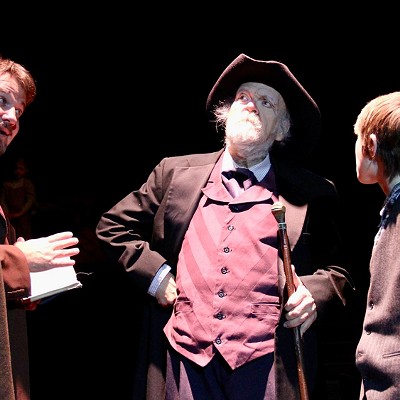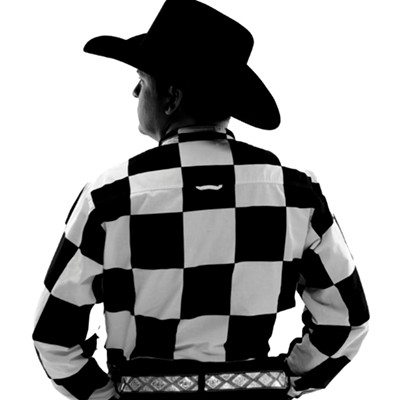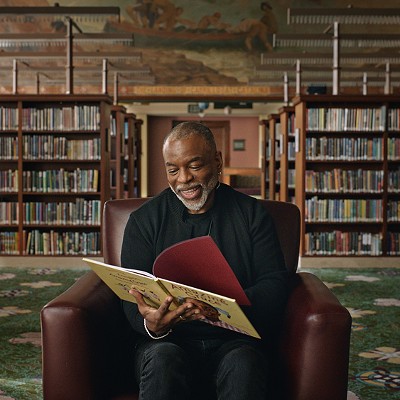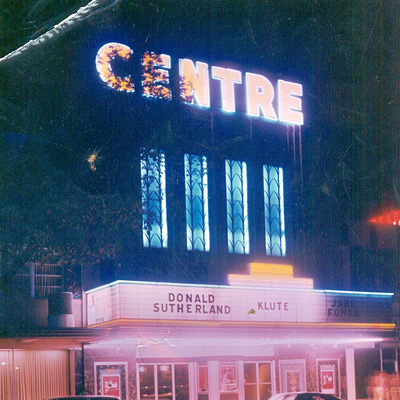Imagine coming across a homemade tile on a city street or sidewalk bearing the enigmatic, four-line message of “TOYNBEE IDEA IN MOVIE 2001 RESURRECT DEAD ON PLANET JUPITER.” Now imagine coming across dozens of such tiles.
Starting in 1994 on the East Coast, Justin Duerr did, and wondered what it meant. The more he encountered them, the more his interest was piqued. Curiosity beget obsession when an in-its-infancy Internet search yielded no results, and the documentary “Resurrect Dead: The Mystery of the Toynbee Tiles” follows Duerr in his roughly 15-year search for a solution.
An admirable alternative to the new “Sherlock Holmes” sequel, “Resurrect Dead” screens tonight at the Oklahoma City Museum of Art. Don’t miss it.
As debuting feature director Jon Foy’s film informs us, “Toynbee” refers to deceased historian/philosopher Arnold Toynbee, which is the lone clue Duerr had to pursue. His digging eventually uncovers tiles as far west as Kansas City, Mo., and as far south as South America. Sidebar messages and an eventual manifesto reveal the tile maker’s conspiracy theory about the “cult of the hellion,” a belief that the FBI is funneling info about him to the Soviets, and an instruction to readers to “Murder every journalist. I beg you.”
This whodunit is simultaneously a whydunit and howdunit, especially with the discovery of tiles in the middle of busy interstates. As Duerr’s list of suspects forms and grows several lines deep, the documentary becomes as engrossing as any murder mystery by our finest fiction authors. So barbed are its tendrils that the puzzle branches out to include Stanley Kubrick, David Mamet and Larry King as important pieces. Like Errol Morris’ “Tabloid,” another wildly accessible doc screened by OKCMOA, “Resurrect Dead” grows crazier at every turn.
Some of Foy’s re-enactments are a bit clunky; Duerr is no actor, but who expects that? I was nearly as hooked as he.
“Resurrect Dead” reminded me of an excellent nonfiction book from 2002, Tom Standage’s “The Turk,” which detailed the mystery behind an 18th-century chess automaton. Both works shed light on a relatively unknown stunt bundled tight with secrets, complete with one of those “ah, but of course!” V8 moments at the end.











